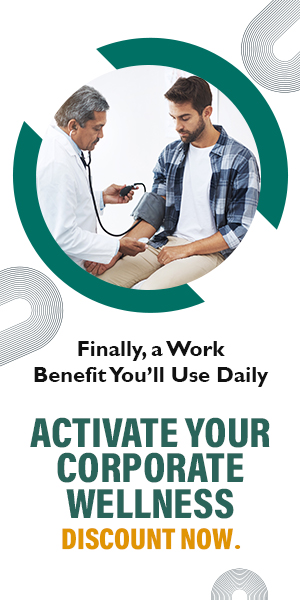Movement
4 Moves For Strengthening Your Pelvic Floor
Weakened pelvic floor muscles, especially postpartum, can lead to problems such as urinary incontinence. These four pelvic floor exercises recommended by an expert will help you strengthen your pelvic floor and benefit your core strength overall.
Your pelvis houses organs like the bladder, the bowels, the uterus, the prostate, and other reproductive organs. Your pelvic floor muscles form the base of your core and support these pelvic organs. These muscles help you maintain proper bladder and bowel control, and can also affect sexual function. Pelvic floor muscles can be weakened due to factors such as pregnancy, childbirth, or advancing age. This can lead to many complications such as urinary incontinence and pelvic organ prolapse (when one or more pelvic organs droop and slip down from their normal positions). It is thus very important to strengthen your pelvic floor for proper support to your pelvic organs and maintaining overall core health. Anisha Shah, Master Trainer, Physique 57 India, offers guidance on four pelvic floor exercises that will help condition your pelvic floor.
- Kegels
- Establish a neutral spine. Lie on your back, bend your knees and push your shoulders down the socket comfortably. Take a deep breath in and arch your back as much as possible. As you exhale, round your back until there is no gap between your back and the floor. Come into a neutral position where your back is neither too arched nor too rounded, allowing the natural curve of your back to rest on the floor.
- Inhale and contract all your pelvic floor muscles for eight counts like you are trying to control the urge to urinate. Pay attention that you do not use your glute muscles while contracting.
- Exhale and release the muscles in eight counts.
- Repeat about three or four times.
- Increase the speed and do the exercise in four counts.
Variation: Do the dead bug exercise to contract your pelvic muscles while working on your core strength.
- Round Back Abs
- Lean back on your forearms, knees bent. Make sure your shoulders and elbows are in a straight line.
- Take a deep breath and arch your back.
- Exhale and round your back like you are hollowing the centre of your body, without sinking into your shoulders.
- Keeping the heel of one leg on the floor, raise the other in a relaxed manner and rock it back and forth in order to tilt the hip towards the abdomen and away a few times. Remember to exhale as you exert. Increase the speed. You can also put your opposite arm behind your head and touch the elbow to the knee as you tilt in your hip.
- Switch to the other leg and repeat.
This move tries to connect to the deepest part of the core muscles, the transverse abdominis. Use cushions or a playground ball if you have neck or shoulder pain.
- Upright Tucks
- Stand straight with your heels lifted and turned towards each other in a narrow V shape, toes turned slightly outwards. Bend your knees and keep your spine neutral. Take the support of a wall.
- Move your hip forward (like tucking it in) and bring it back to neutral repeatedly. Squeeze your pelvic floor muscles and glutes every time you tuck.
- To add in a little cardio, do a punching motion with your free hand every time you tuck in your hip.
Variation: Bend your knees more and go down (and come back up) as you do the move.
This can be helpful to relieve prenatal and postnatal lower back stress.
- Inner Thigh Taps
- Stand with your feet apart so that they are directly underneath your hips. Take the support of a wall or hold on to a chair.
- Lift your heels off the ground and bend your knees, allowing your knees to fall over your toes while keeping the spine neutral and upright.
- Squeeze your inner thighs together and bring them back in line with your toes, in and out, multiple times. Switch up your count to incorporate both slow and fast work.
Remember to exhale and inhale while you do these pelvic floor exercises.
EXPLORE MORE
Instead of chasing long workouts, micro-movement shifts the focus from “Did I work out today?” to “Did I move often enough today?”
Pressed for time but craving results? These high-impact exercises burn maximum calories in minimum time, when done right.
Simple, practical fitness advice to help you feel stronger, healthier, and more consistent in 2026.
Callisthenics isn’t about flashy Instagram moves or avoiding the gym. According to celebrity fitness and lifestyle coach Krishna Sadvale, it’s one of the most practical ways to build strength, control, and confidence in your own body.






.jpg)

.jpg)
.jpg)
